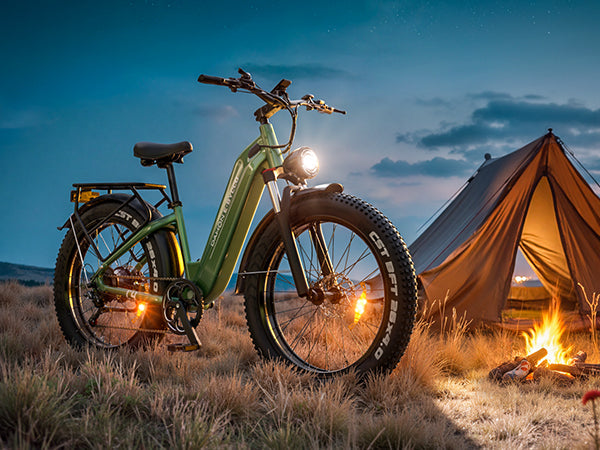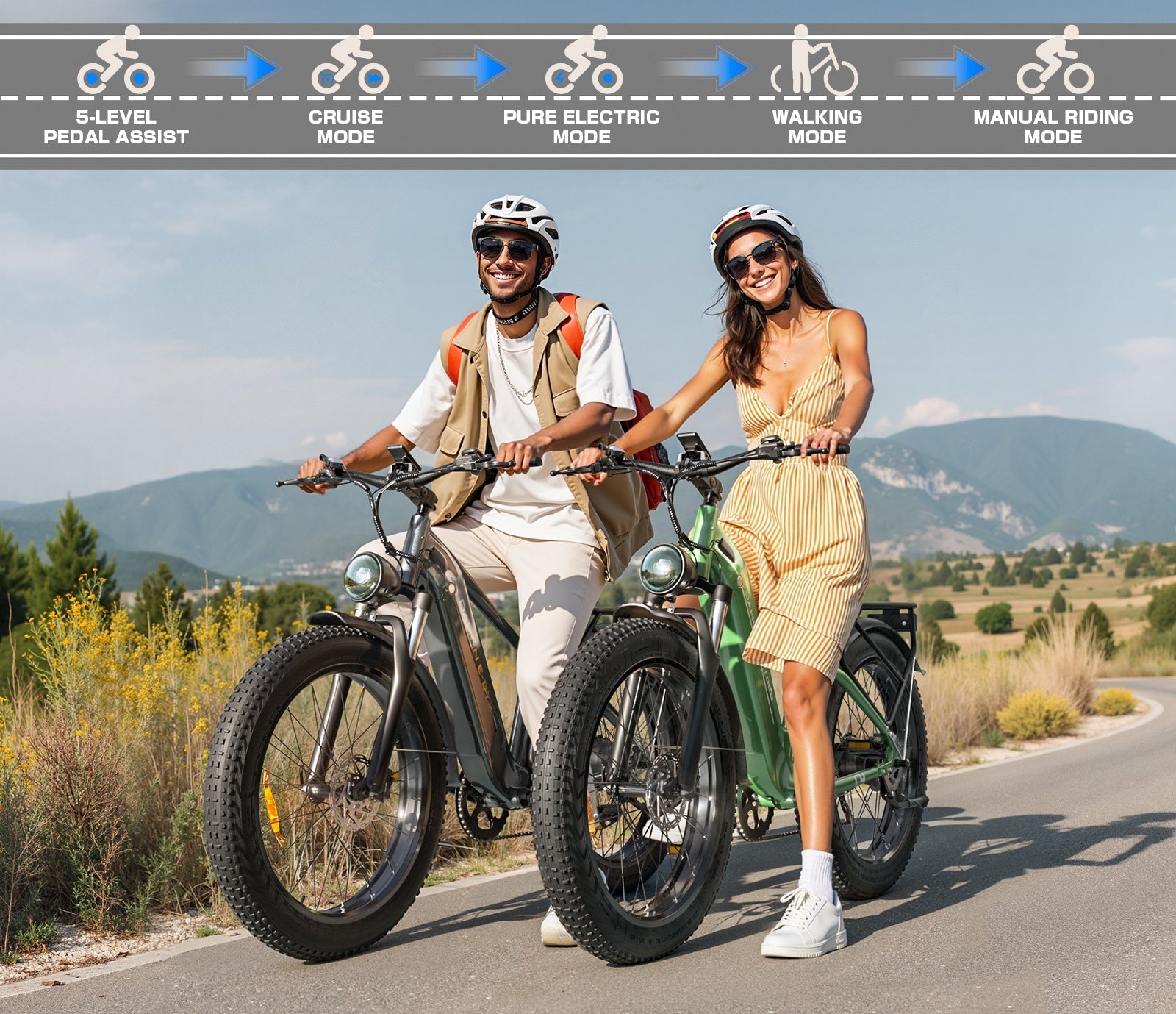Electric bikes, often referred to as e-bikes, have surged in popularity over the past few years, offering an eco-friendly alternative to traditional transportation methods. One of the frequently asked questions about e-bikes revolves around their speed: Just how fast can these bikes go?

Understanding Electric Bike Speeds
The speed of an electric bike depends on several factors including the motor type, the bike’s design, battery strength, and the regulations of the country in which it's used. Let's break down these elements to get a clearer picture:
1.Motor Type and Power Output:
E-bikes are equipped with electric motors typically ranging from 500 watts to 1000 watts. The power of a dual-motor electric bike can reach or even exceed 2000W. The power output of the motor greatly influences how fast the bike can go. More powerful motors can provide higher speeds.

2.Battery Strength:
The capacity of the battery not only affects the distance you can travel on a single charge but also impacts the maximum speed. A higher capacity battery can maintain higher speeds for longer durations.
3.Pedal Assistance and Throttle:
Most e-bikes come with a pedal-assist system that boosts the rider’s pedaling effort with motor power. The level of pedal assist can be adjusted to provide different speeds. Some e-bikes also feature a throttle mechanism, allowing the bike to reach its top speed without pedaling.
4.Regulations:
The legal speed limit for e-bikes varies by country and sometimes even by region within countries. In the United States, for example, the Consumer Product Safety Act defines three classes of electric bikes:
Class 1: E-bikes are pedal-assist only, with no throttle, and a maximum assisted speed of 20 mph.
Class 2: E-bikes also have a maximum speed of 20 mph but are equipped with a throttle-assisted motor.
Class 3: E-bikes provide pedal assistance up to 28 mph, with no throttle.
Practical Speed Considerations
While e-bikes can reach these maximum speeds, the practical speed on a day-to-day basis will likely be lower due to various influencing factors such as:
Riding Conditions: Hills, road surface, and wind can affect speed.
Rider Input: The amount of pedaling and the gear used can also impact the speed.
Safety and Comfort: Maintaining a safe speed according to traffic conditions and personal comfort level.
FAQs about Electric Bike Speed
1.Can e-bikes go faster than 28 mph?
The answer is yes. The maximum speed of electric bicycles currently sold on the market is almost all higher than 28MPH. It is possible that the display shows 28MPH, but the actual speed is higher than 28MPH. While e-bikes are capable of exceeding 28 mph, doing so may require modifications that could be illegal and unsafe. Moreover, surpassing this speed typically classifies the vehicle as a moped or motorcycle, subjecting it to different regulations.
2.How does weight impact speed?
Heavier riders or loads may decrease the maximum speed and acceleration of the e-bike due to increased demand on the motor and battery.
3.Can I increase my e-bike’s speed?
Modifying an e-bike to increase its speed is possible but may void warranties, reduce the lifespan of its components, and infringe upon legal regulations.
Conclusion
E-bikes offer a versatile mode of transportation that combines the benefits of conventional biking with the added boost from an electric motor. While they do provide the ability to travel faster than traditional bicycles, their speed is regulated for safety. For most riders, the standard speed limits of e-bikes are sufficient for both daily commutes and recreational biking. Always check the local laws in your area regarding e-bike speeds to ensure compliance and safety. Happy riding!

